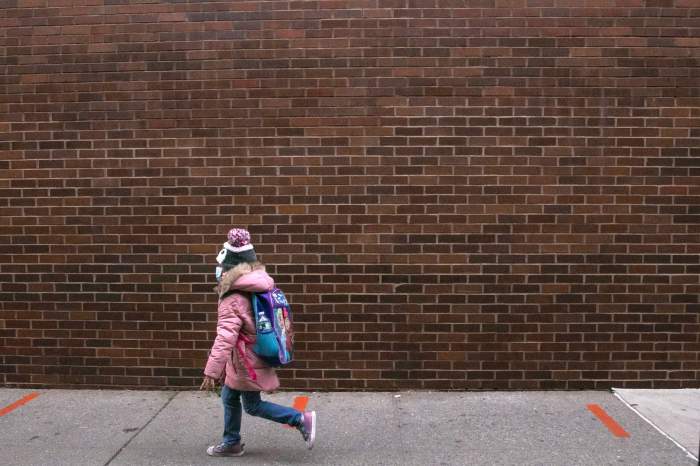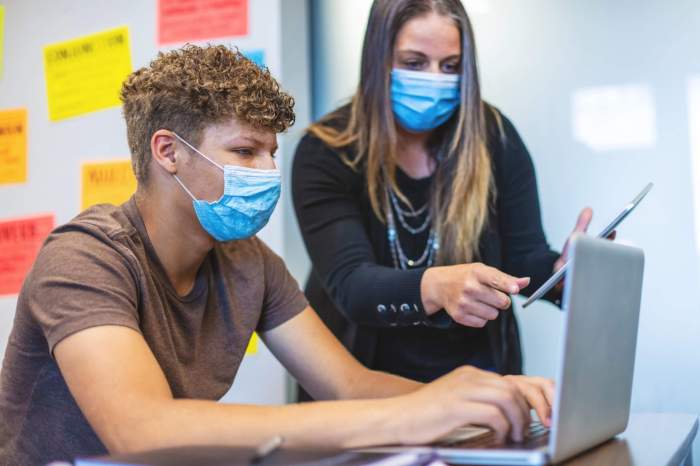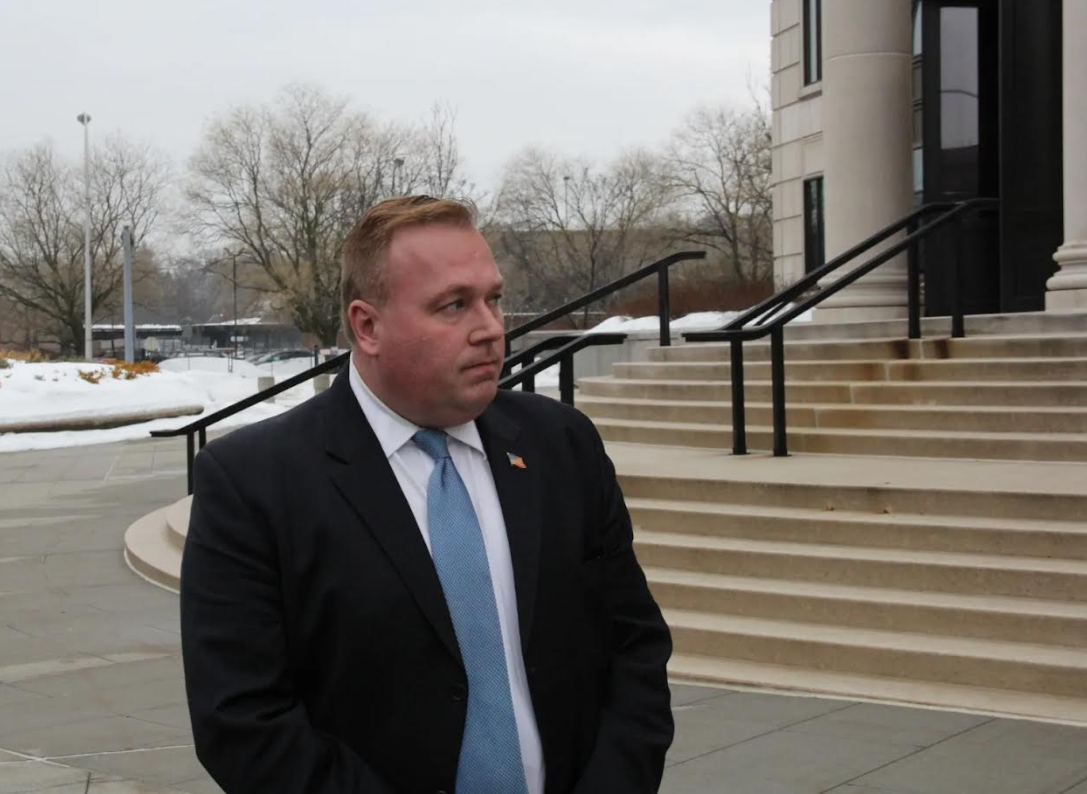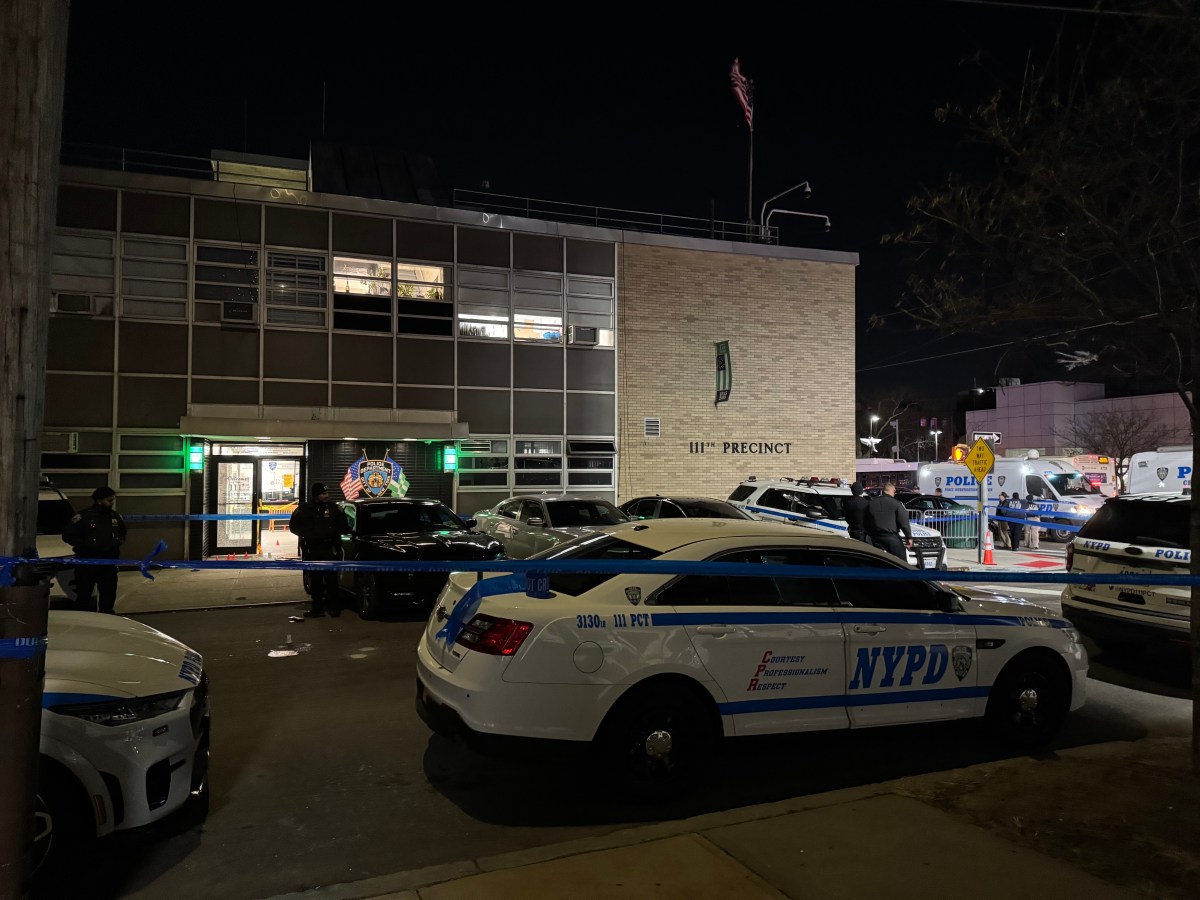Advocates are calling on the city to spend another $200 million from its COVID-19 federal relief fund into new reading curriculums and one-on-one reading tutoring to help close the gap between the number of Black and Latino students reading at grade level compared to their white and Asian peers.
In a report released Thursday, the education nonprofit Advocates for Children of New York found in 2019 only about 17% of Black fourth graders and about 18% of Latino fourth graders scored at or above grade level on that year’s proficient National Assessment of Educational Progress Reading Assessments compared to almost 41% of white students and 46% of Asian fourth grade students.
Those students who took the NAEP in 2019 did not include pre-k students or students taking part in the city’s Universal Literacy initiative but the data still shows a worrisome disparity among literacy rates.
In his executive budget, Mayor Bill de Blasio allotted $500 million to help address learning loss now that students have spent over a year in either fully remote or blended learning. Funds would be spent on increased testing to assess students’ level of learning loss as well as training teachers and providing one-on-one reading tutoring.
Officials are expected to release more details on how the funds will be used in the coming weeks.
But advocates say that this commitment falls short of what students need and are asking that officials invest $50 million for an “evidence-based, culturally responsive reading curricula for core instruction” and $150 million toward hiring staff to conduct one-on-one or small group tutoring.
“Year after year, AFC hears from hundreds of parents whose children are struggling with reading and can’t get the help they desperately need at their public schools,” said Maggie Moroff, Advocate for Children’s special education policy coordinator. “We regularly work with middle and high school students who are still non-readers, unable to read picture books to their younger siblings, let alone age-appropriate books or their school textbooks.”
Maria, a Bronx resident who did not want to share her last name, is a mother to one of those children. Her know 14-year-old son started to have trouble in school in kindergarten. He used to complain to his mother that he wasn’t understanding what was being taught in his classes and would frequently say felt ill in school.
Maria told amNewYork Metro that teachers didn’t know how to help her son, who was eventually diagnosed with dyslexia, and she was eventually forced to pay for pricey tutoring services to help her son learn how to read.
“The Mayor’s proposed budget includes hundreds of millions of dollars in new funding to accelerate student learning with a heightened and aggressive focus on literacy instruction,” said Department of Education spokesperson Katie O’Hanlon. “This administration has made early literacy a key priority by providing students with a robust literacy curriculum and through targeted coaching, interventions, diagnostic assessments, and we will continue to build on this work.”





































